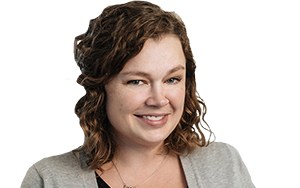How COVID Reshaped the Reading Wars in Texas: Educators Say More Structured ‘Science of Reading’ Approach Worked Best During Pandemic
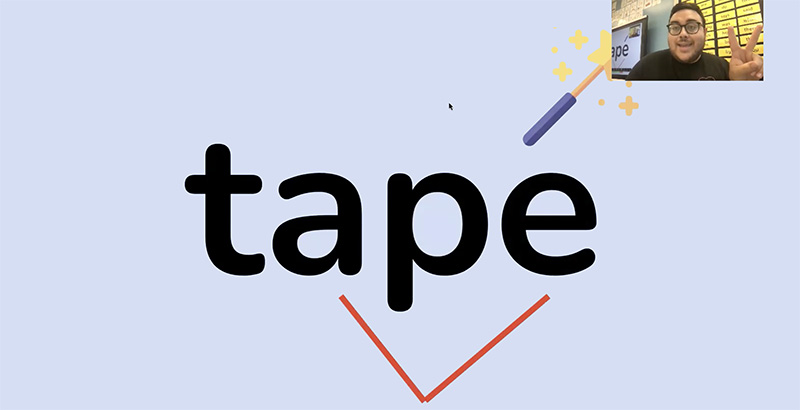
“Tigers, today we’re going to keep unpacking the alphabetic code,” said first grade San Antonio teacher Victor De La Cerda, teaching a reading lesson to a lively group of six year olds—some in person, others in Zoom boxes.
“Watch my mouth,” De La Cerda says as he makes a long “u” sound.
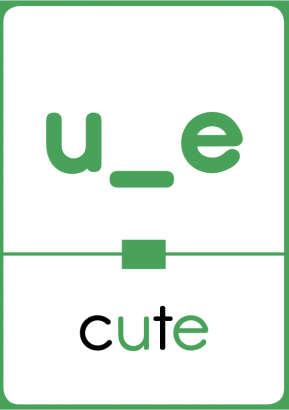
Intermittent with group drum rolls created by childrens’ fingers rapidly tapping tables, the class identifies words with a long “u,” which can be spelled four different ways. Today they will focus on the spelling “u_e” as in “cute.”
If they don’t master it this time— for one of the million reasons a kid learning during the pandemic might miss a concept—it’s okay. The class will revisit the skill soon, as part of a future lesson.
This structured approach is one of many reasons De La Cerda was already sold on the “science of reading,” which he learned in graduate school.
As a first-grade teacher in Texas, he’s smack dab in the middle of what some have called the latest chapter in the Reading Wars, the multi-decade battle — freshly complicated by the pandemic — over whether structure or curiosity best teaches kids to read.
The science of reading uses a strict regimen of skills and steps to connect the parts of the brain involved in reading. Compare this to a chef who strictly follows recipes to ensure a final dish reaching the desired consistency and flavor.
On the other side are balanced literacy proponents who prefer the more customized approach of reading levels and groups. These are like chefs who, knowing the principles of cooking, rely on seasoning to taste and adding ingredients as necessary until the dish is ready to be served. They say rigid adherence to the science of reading method robs young readers of their joy, making the classroom a dreary, disengaging place.
As San Antonio school officials turn their attention toward the 2021-22 academic year and recovery efforts to catch kids up, they hope to convince still-hesitant teachers to believe in the practicality and facility of the science of reading method.
To make their case, science of reading proponents point to its effectiveness and success during the pandemic: At a time when children could not learn to read by being exposed to a word-rich environment in classrooms with overflowing libraries and word walls, the science of reading still worked, converting more easily to Zoom.
While neither the state nor local school districts seem ready to mandate exclusive use of the science of reading, researchers, politicians and school officials have been moving Texas in that direction for years, arguing that balanced literacy is inadequate to make the gains the state needs to see.
“I really powerfully believe in that foundation,” De La Cerda said of the carefully choreographed structure and routine offered by the science of reading.
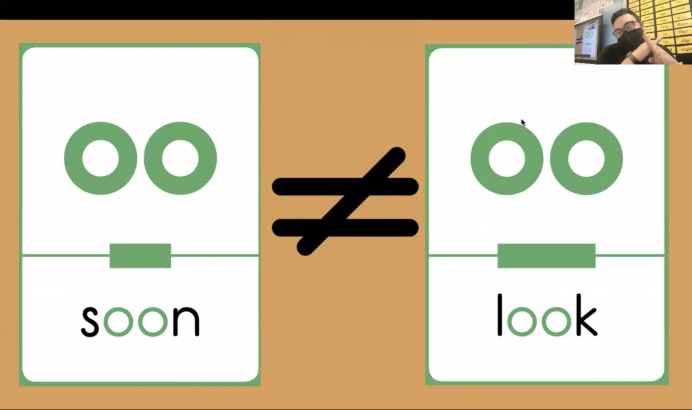
During the pandemic, teachers like De La Cerda were able to give kindergarteners, first- and second-graders bite-sized pieces of reading they could use in the world around them, wherever they were, on whatever newspaper, cereal box, road sign, app, or book was available.
During the pandemic, curriculum developers in San Antonio ISD created a year’s worth of carefully paced material in English and Spanish based on the science of reading. The Zoom-friendly lessons were provided to teachers adapting to the new world of remote learning where word walls, books, classroom libraries, and leveled reading groups — all tools of the balanced literacy approach — were no longer available.
The science of reading will also be helpful after the pandemic when schools face the challenging landscape of learning loss, said San Antonio ISD Assistant Superintendent for Learning, Language & Literacy Olivia Hernández. With some students learning in person since September, and others learning remotely for over a year with varying amounts of support at home, students are expected to start the 2021-22 school year all over the map academically.
Rather than placing kids in remediation while some of their peers move on, Hernández is encouraging teachers to use the science of reading methods to review and reinforce skills while keeping everyone on grade level.
“The last thing we want is for (students) to hear that they are behind,” she said.
But others warn that over-correcting and eschewing the personalized, relational aspects of balanced literacy could backfire as children need to be re-engaged after a year of highly abnormal learning situations.
“There can be major issues when you’re not personalizing instruction,” said Lisa Riggs the Assistant Superintendent of Curriculum, Instruction, and Assessment at Gresham-Barlow School District in Oregon who previously worked as Chief Academic Officer in SAISD, “You’re going to lose engagement, you’re going to get complacency, you’re not going to drive them into their interests.”
Science of reading lessons are good tools, she said, but to create lifelong readers, teachers need to be able to foster social and emotional connections to reading as well. They need to be flexible and creative — even if that means deviating from the script with certain students.
“I really feel as though there has to be a human connection to our students,” Riggs said. “I just don’t think that it can be done without that.”
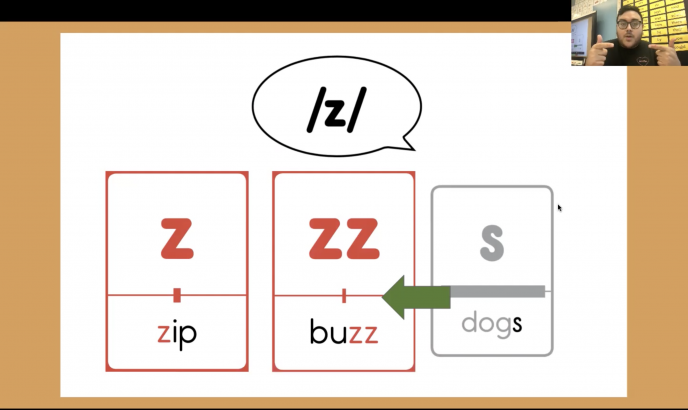
Teachers can add the magic, creating “joyful and skillful” readers, Hernández said, while adhering tightly to the science of reading plan. The joy comes from the teacher, and the skill comes from a careful methodology that leaves very little to chance. Like master chefs, teachers bring something special to the recipe.
Some teachers can keep students progressing and accelerate learning with balanced literacy, she said, but data was showing that it wasn’t the norm, even before the pandemic.
Not every child had access to an experienced teacher, lots of books, someone to read with them at home, and word-rich environments. The odds were against struggling students, mobile students, and low-income students.
Test scores showed that in 2019 only 45 percent of Texas third-graders were reading on grade level.
To address its dismal literacy numbers, Texas put its money on the science of reading with the passage of House Bill 3 in 2019.
It requires all Kindergarten-third grade teachers and principals to attend a Reading Academy, where they learn how to teach according to the science of reading. Teachers in Kindergarten-eighth grade must take a Science of Teaching Reading Exam. Districts must also use a certified phonics curriculum.
Districts like San Antonio ISD played an active role creating a unique Reading Academy for teachers who teach reading in Spanish, as dual language programs expand to meet the needs of the 980,000 Texas students who speak Spanish as their first language.
Though its preference is clear, the Texas Education Agency is not going to unilaterally end the Reading Wars. Nothing in HB 3 requires teachers to use the science of reading or curriculum aligned to it in their classrooms.
The bill provided a lot of new tools, but it’s up to educators to decide how to use them, said Texas Education Agency Deputy Commissioner for School Programs Lily Laux. “We don’t have the intent to go beyond that.”
Whether or not they adopt it wholesale, school districts appear enthusiastic about the training. Even during the pandemic, 30,000 teachers signed up for the reading academies, Laux said. “That’s quite amazing that people still decided to prioritize this content.”
In San Antonio ISD, if teachers are showing that all their students are achieving at high levels, teachers are encouraged to maintain what is working well, Hernández said. The district will provide guidance and support for teachers who need and want to make the shift to practices aligned to the science of reading and she’s confident most will.
“People, I believe,” said Hernández, “will move into what’s best for our students.”
Get stories like these delivered straight to your inbox. Sign up for The 74 Newsletter

;)
